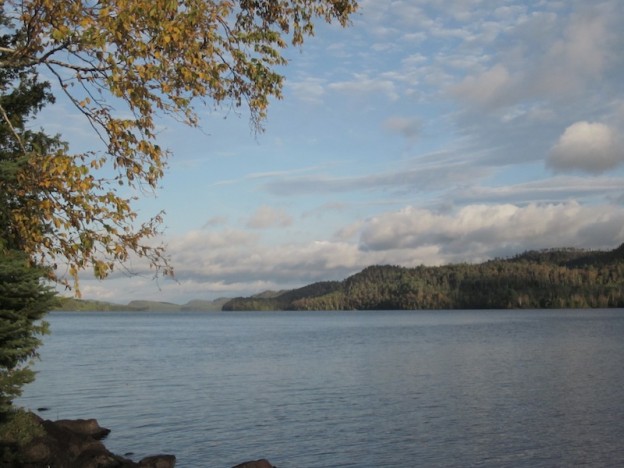
Dayton administration seeks public input on environment
This week, six meetings dubbed “Environmental Congress Citizen Forums” will be held across the state to allow citizens to express their opinions and concerns about environmental issues to representatives of the Dayton administration. The one Twin Cities area forum meets Tuesday night, 6:30 PM at Normandale Community College in Bloomington. These forums will culminate in a Minnesota Environment Congress in March 2013. By law, an Environmental Congress is supposed to be held annually, but the last one was held in 1994.
People who care about environmental issues like sulfide mining in northeastern Minnesota, frac sand mining in southeastern Minnesota, protecting the Boundary Waters Canoe Area Wilderness, preserving the Renewable Portfolio Standard, maintaining the moratorium on nuclear power plants, and improving water quality in Minnesota rivers should carve out time to attend. There will be small group sessions where feedback is gathered and reported to the EQB. If you can’t attend one of the six sessions, you can also add your voice online through their website.
In addition to these pressing environmental issues, might I suggest one item to raise at these meetings?
Minnesota’s environmental review laws do not currently require a public hearing on Environmental Impact Statements (EIS), but instead only require a “public availability session.” The difference became stark in 2009, when citizens who attended public availability sessions regarding the PolyMet mine draft EIS were not allowed to speak, but were directed to give their opinions to a stenographer who then passed them on. During 2010 Senate hearings on a bill to require strengthened damage deposits for sulfide mines, then-Senator Ellen Anderson and Senator Scott Dibble noted this deficiency in the law and suggested that legislation to fix it would be a good idea.
If you go, or if you submit comments online, please ask the Legislature to pass a law requiring a public hearing as part of the EIS process. It’s the only way to ensure that citizen voices are heard by the actual decision makers on projects that affect the environment.
Since the election, there has been a public push by the Dayton administration to revive the Environmental Quality Board (EQB), an executive level board comprised of the heads of nine state agencies, five citizen representatives, and a chair appointed by the Governor. The EQB is an interagency board that is charged with examining environmental issues that cut across multiple areas of state government, and there are very few environmental issues that are limited to one area. Historically underfunded, the EQB has languished with little attention and a barebones budget. The new emphasis on the EQB is intriguing, since it has been a largely dormant entity.
Former Senator and Public Utilities Commission chair Ellen Anderson is returning to a public role leading the Environmental Congress. After being denied confirmation by Republican Senators, Anderson was hired as an energy advisor to the Dayton administration. Anderson is a strong voice for renewable energy and a sharp mind on environmental issues. The EQB executive order and Anderson’s leadership on the Environmental Congress give some hope that this is the beginning of a Dayton administration shift on environmental protection.
Depending on your point of view, Governor Dayton has either spent the first two years of his administration slashing environmental enforcement or attempting to head off more retrograde anti-environmental legislation carried by Republicans. I’m willing to give him the benefit of the doubt, but if you care about Minnesota’s environment, these citizen forums are an opportunity to send a clear message that Minnesotans want environmental issues to be a priority for the next two years.
Thanks for your feedback. If we like what you have to say, it may appear in a future post of reader reactions.


